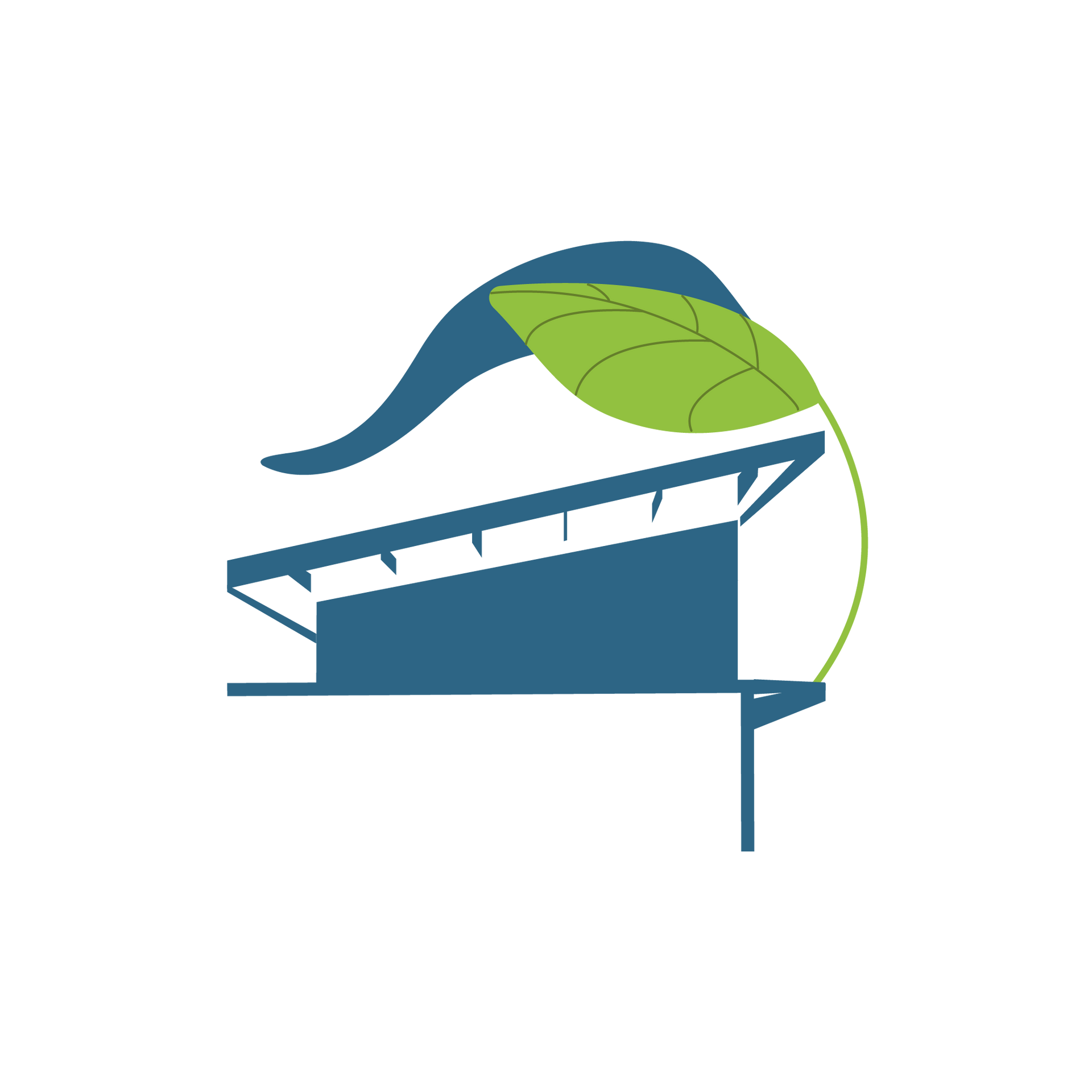FAQs
What’s the difference between a full white roof system and a roof coating?
A full roof system involves tearing off the old roof and installing a brand-new membrane (PVC or TPO) with insulation for maximum energy efficiency and durability. A roof coating is applied over an existing roof to reflect heat and extend its life. Both reduce cooling costs, but full systems offer greater longevity and thermal resistance.
How much can I save with a white roof?
Studies show you can save up to $0.50 per sq. ft. annually in cooling costs. For a 20,000 sq. ft. roof, that’s $10,000 a year. Plus, white roofs help lower indoor temperatures, reduce strain on HVAC systems, and extend roof lifespan.
What is a roof energy audit and how does it work?
Our free roof energy audit uses ArcGIS mapping software to analyze your roof’s surface area and location-specific conditions. We estimate potential energy savings, ROI timelines, and environmental impact—no site visit needed for the initial analysis.
How do your wildfire retrofits protect my home or building?
We offer noncombustible gutter guards, enclosed eave systems, and roofline sprinklers that reduce ignition risk from windblown embers. These upgrades align with California Building Code fire safety standards and are proven to protect structures in fire-prone zones.
Do you offer residential and commercial services?
Yes—our systems are tailored for both residential and commercial properties. Whether you're a homeowner in a high-risk fire zone or a warehouse manager looking to cut energy costs, we offer scalable, smart solutions that fit your needs.
How does a roof sprinkler system work?
Our sprinkler systems activate manually or automatically to create a water curtain that cools surfaces, prevents ignition, and saturates defensible space during wildfires.
Will the Roofline Sprinklers still work during a power outage?
Yes. Our systems can be cistern-fed and operate off-grid using gravity or battery-powered pumps.
Can I retrofit a sprinkler system to an existing roof?
Absolutely. We custom fit sprinkler heads to all roof types—flat, pitched, tile, or membrane.
What are fire hardening services?
Fire hardening includes structural upgrades that help your home or building resist wildfire damage—like enclosed eaves, fire-rated vents, fire caulking, metal gutters, and Class A roofing systems.
Are your vents and materials CAL FIRE-approved?
Yes. All vents we install are CAL FIRE-listed for use in Wildland Urban Interface (WUI) zones. We also use Class A-rated underlayments and WUI-compliant construction methods.
Do you install fire caulking or just recommend it?
We install high-temperature fire-rated caulking around roof joints, fascia gaps, conduit penetrations, and vents to block ember intrusion.
What’s the benefit of enclosed eaves?
Enclosed eaves prevent embers from entering attic spaces or igniting exposed framing. We custom retrofit open eaves with noncombustible panels and sealed soffits.
What if I just installed a new roof? Can I still upgrade it for fire protection?
Absolutely. We can apply a Class A-rated, fire-resistant coating directly over your existing roof to add a wildfire defense layer—without removing or altering the new roof.
Do you install the full fire-rated layering system, or just coatings?
We do both. For high-risk properties, we can install multi-layer fire assemblies, including fiberglass-reinforced underlayment, metal fire barriers, and thermal insulation layers beneath the membrane.
